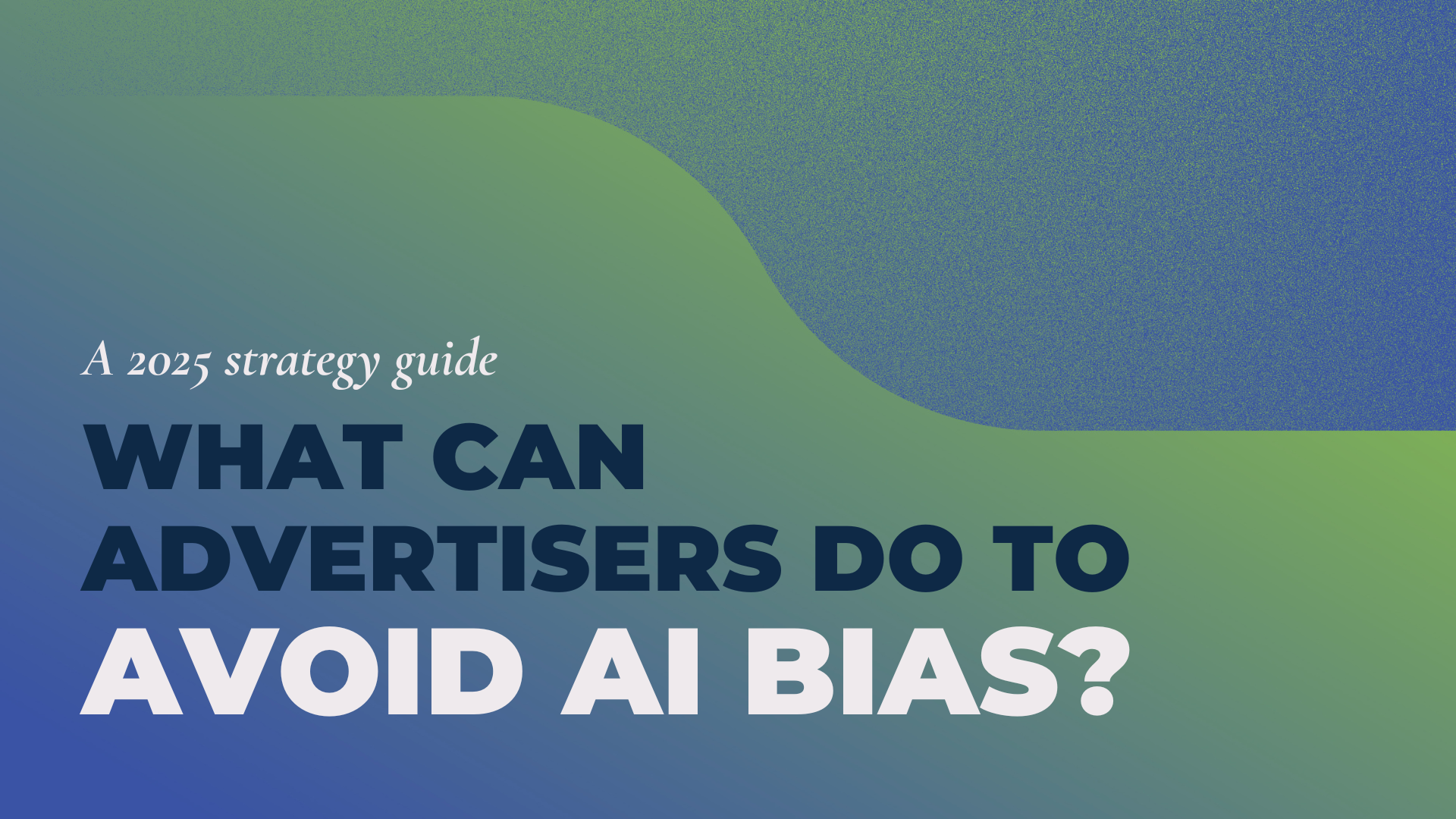What can advertisers do to avoid AI Bias in 2025?
Artificial intelligence has revolutionised advertising, helping publishers and brands create, distribute and monetise content with speed and efficiency. But as publishers and advertisers adopt AI at increasing speed across 2025, a critical issue hides behind the hype: unintended bias in AI systems.

What is AI bias in advertising?
In advertising, AI systems process vast qualities of consumer data to decide who to target, when, and with what message.
Because AI learns from historic data, it risks replicating and amplifying human prejudices, whether by unrepresenting demographics in creative, excluding audience segments, or reinforcing stereotypes in GenAI content.
How does AI bias affect publishers?
For advertisers and publishers, stakes are high. Biased AI outputs can damage audience trust, exclude valuable demographics and weaken long-term brand loyalty. Advertising shapes perception, culture and opportunities. If care isn’t taken to avoid AI bias, it threatens both social impact and commercial outcomes.
So how can advertisers stay ethical in the AI era? Here are four essential advertiser strategies.
How can publishers avoid bias when using AI?
1. Focus on Transparency
Consumers want to know how their data is being used. By prioritising transparency in AI processes from data collection to targeting decisions, publishers can reduce bias, empower better decision making, and build stronger audience trust. Transparency is both an ethical and a competitive advantage.
2. Audit and Diversify Data
AI is only as fair as the data it’s trained on. Advertisers and data collectors should:
Audit data regularly to identify and remove bias
Diversify datasets to reflect current and changing consumer demographics and behaviours
Work with ethical data providers, prioritising partners with fair collection practices
Look for for AI tools that are built with fairness in mind to lower the risk of biased outputs, such as
Brandtech Group’s Pencil.
3. Keep it Human
AI can process at scale, but algorithms cannot replace human judgement. Campaigns need to be overseen with a critical human eye, by people with diverse understandings of the social impact and implications of their decisions.
4. Think Contextual
As cookies become less and less relevant to targeting, we have a unique opportunity to embrace contextual targeting, which minimises the risk of perpetuating biases present in data. By aligning ads with relevant content instead of relying solely on behavioral data, publishers can reach wider and more diverse audiences, while reducing the risk of perpetuating systematic bias.
And remember… AI bias in advertising is not a side issue
It’s a defining ethical challenge of our industry in days to come. Left unchecked, artificial intelligence in advertising risks excluding audiences, damaging credibility, and eroding trust.
As publishers and advertisers, we hold the power to shape how people see themselves in the world, and AI sits at the heart of that responsibility.
By leading with human oversight, making fairness and transparency a prerequisite to AI use, we can set a new standard and prove AI can stand for progress rather than prejudice. The choice is ours, and it's one the industry can’t afford to get wrong.
Want more insights on AI in publishing and advertising? Explore Adtech Juice’s
Categories for more on Artificial Intelligence and Advertiser Strategies.

